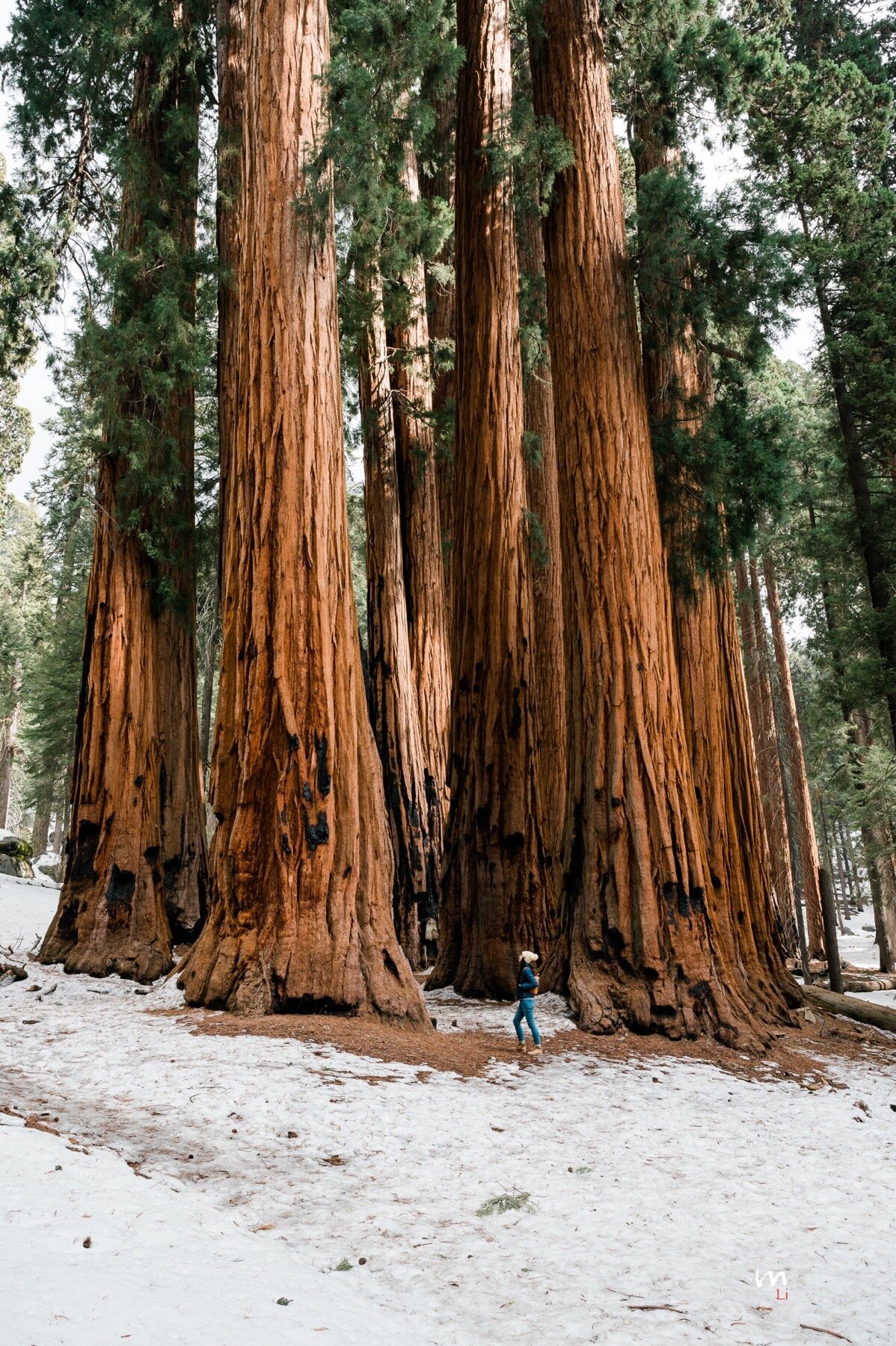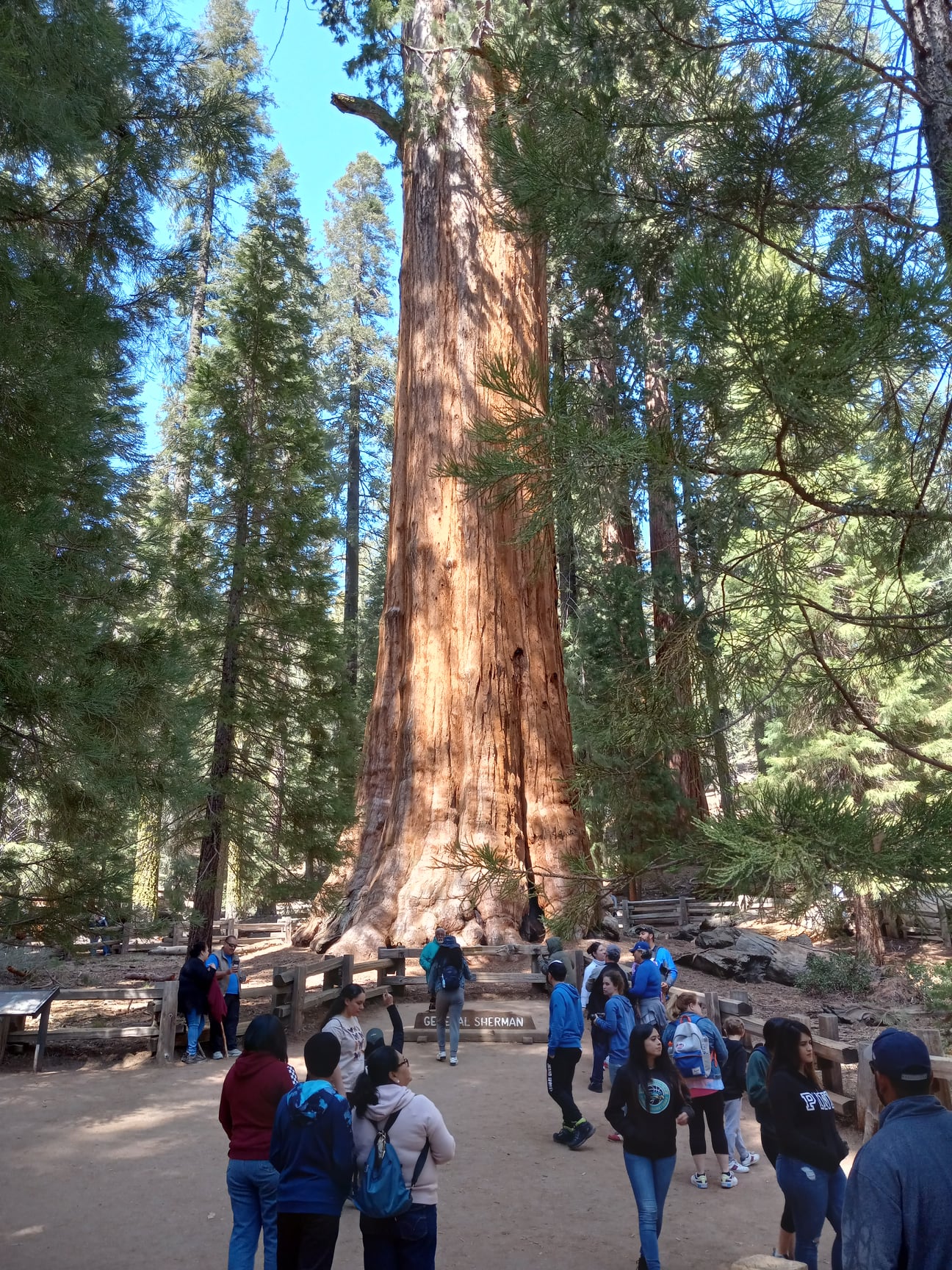Sequoia National Park Activities-- What to Do and See During Your Keep
Sequoia National Park Activities-- What to Do and See During Your Keep
Blog Article
Explore the Diverse Wild Animals Habitats Within Sequoia National Forest
Sequoia National Park is an environmental treasure, showcasing an outstanding range of wild animals habitats that contribute to its rich biodiversity. From the impressive huge sequoia woodlands to the varied towering meadows, each environment plays an essential function in sustaining numerous species, consisting of both usual and uncommon fauna.
Overview of Sequoia National Park
Sequoia National Park, nestled in the southerly Sierra Nevada chain of mountains of The golden state, is renowned for its breathtaking landscapes and looming huge sequoias. Developed in 1890, it is one of the oldest national forests in the USA, devoted to maintaining the all-natural elegance and ecological honesty of this special area. The park incorporates over 404,000 acres of diverse surface, including magnificent hills, deep canyons, and rich meadows.

Site visitors can explore numerous treking tracks, ranging from leisurely walks to difficult backcountry routes, each offering a distinct perspective of the park's magnificence. With its combination of natural wonders and recreational opportunities, Sequoia National Park functions as an important shelter for both wild animals and those seeking to get in touch with nature.

Significant Wildlife Habitats
The varied landscapes of Sequoia National forest create a mosaic of wild animals habitats that support a rich variety of types. These habitats vary from lavish meadows and thick woodlands to rocky towering areas and extensive river valleys, each giving one-of-a-kind eco-friendly niches.
One famous habitat is the huge sequoia woodland, identified by looming trees and a rich understory, which sustains various creatures, birds, and bugs. The combined conifer woodlands, made up of types such as sugar yearn and white fir, offer extra sanctuary and food sources for wildlife.
Meadows and grasslands play an important duty in the park's environments, acting as essential foraging premises for herbivores like deer and small mammals. These open areas likewise bring in varied bird varieties, particularly during movement periods.
The park's greater elevations include alpine habitats, where problems are rough and varieties are adapted to survive in such extremes (Sequoia National Park hour). Below, one can discover one-of-a-kind plants and animals that flourish in rough, cold atmospheres
Vegetation and Animal Diversity
Within the varied environments of Sequoia National forest, an impressive variety of vegetation and animals coexists, showcasing the detailed connections that maintain the park's biodiversity. The park is home to over 1,300 plant species, including the famous huge sequoias, which are amongst the largest and oldest trees in the world. These majestic trees provide essential habitat and food sources for different wildlife, fostering a complicated internet of eco-friendly interactions.
Animal types in Sequoia National forest are similarly diverse, with habitats ranging from lowland foothills to high towering settings. Creatures such as black bears, mule deer, and bobcats flourish in this rich community, while bird species, consisting of the impressive gold eagle and the elusive spotted owl, elegance the skies. Amphibians and reptiles, like the Sierra newt and the western rattlesnake, likewise play crucial roles in maintaining eco-friendly balance.
The park's special combination of altitude slopes and microclimates supports these different types, highlighting the significance of protecting the all-natural environments that permit such a rich tapestry of life to grow. Comprehending this variety is crucial for appreciating the ecological significance of Sequoia National forest.
Conservation Initiatives in the Park
Preservation efforts in Sequoia National Park play an essential duty in safeguarding its one-of-a-kind ecosystems and the varied types that inhabit them. The park utilizes a diverse strategy, consisting of habitat repair, varieties keeping an eye on, and invasive varieties monitoring. These initiatives are essential for keeping the fragile equilibrium of the park's communities, which include huge sequoias, meadows, and alpine atmospheres.
Active repair tasks concentrate on improving native plant communities and restoring abject habitats. Sequoia National Park hour. This is specifically important in areas impacted by human activity or natural disruptions such as wildfires. The park's biologists conduct regular surveillance of vital species, including the jeopardized Sierra Nevada bighorn lamb, to assess population wellness and educate administration methods
Invasive varieties pose a considerable danger to the park's biodiversity. To battle this, park personnel apply elimination programs to control or eliminate non-native plants and pets that disrupt regional communities. Public education and community involvement are additionally emphasized, as they cultivate a deeper appreciation for conservation efforts. Through these comprehensive initiatives, Sequoia National forest strives to safeguard its abundant all-natural heritage for future generations while guaranteeing the strength of its varied wildlife environments.
Tips for Wild Animals Monitoring
Observing wildlife in Sequoia National Park uses an one-of-a-kind possibility to attach with nature and appreciate the varied types that thrive in this amazing habitat. To optimize your wild animals monitoring experience, take into consideration several crucial suggestions.
To start with, strategy your visit during early morning or late mid-day, as these times are most energetic for several pets. Bring field glasses to observe wild animals from a secure range without disrupting their natural behavior. Additionally, familiarize on your own with the varieties you wish to see; comprehending their routines and habitats can enhance your possibilities of detecting them.
Perseverance is important; wildlife monitoring usually requires waiting quietly and understanding your environments. Stay on assigned tracks to decrease your effect on the environment and ensure your safety. It is also suggested to preserve a respectful range from animals, avoiding any type of activities that can stress them or disrupt their atmosphere.
Last but not least, take into consideration joining directed scenic tours led by knowledgeable park rangers. These experts can give important insights and boost your chances of seeing wildlife in their natural settings. By following these pointers, you can enrich your experience and add to the conservation of Sequoia's wildlife.

Conclusion
Sequoia National forest offers as a crucial sanctuary for varied wildlife, showcasing an exceptional selection of environments that support many varieties. The interaction between giant sequoia forests, blended conifer woodlands, meadows, and towering areas fosters an abundant ecological tapestry. Recurring preservation initiatives are necessary for protecting these environments and the distinct plants and fauna that inhabit them. Inevitably, the park's biodiversity underscores the relevance of keeping such natural landscapes for future site link generations.
Please visit one of our local supporters - Wholesale Liquidation Pallet Handbags In Bulk
Report this page